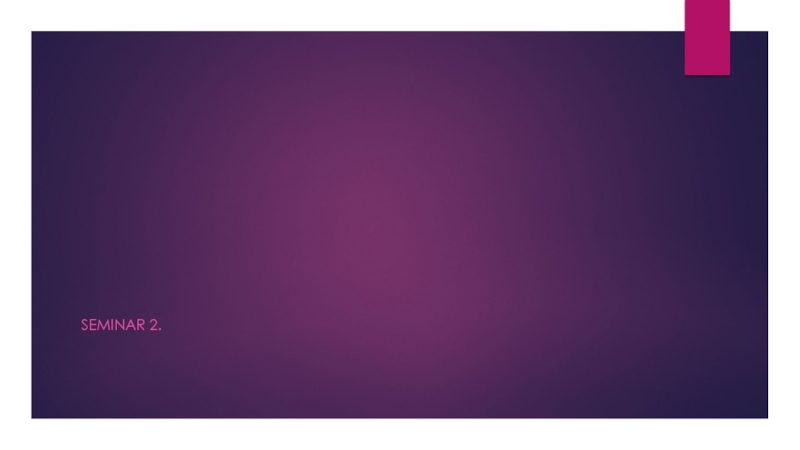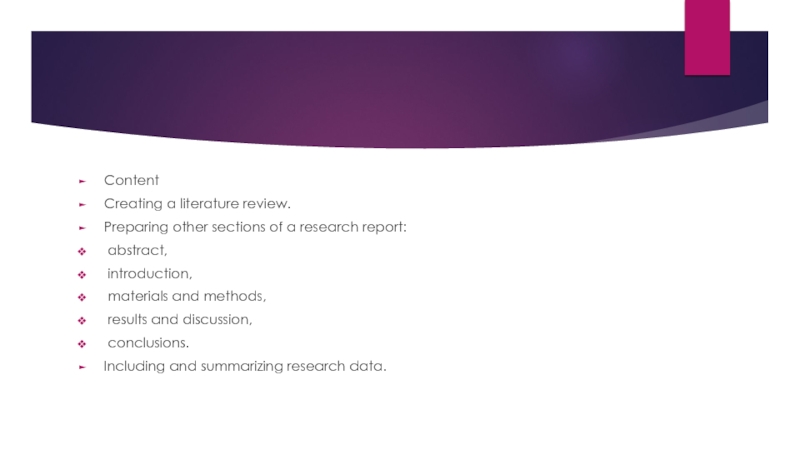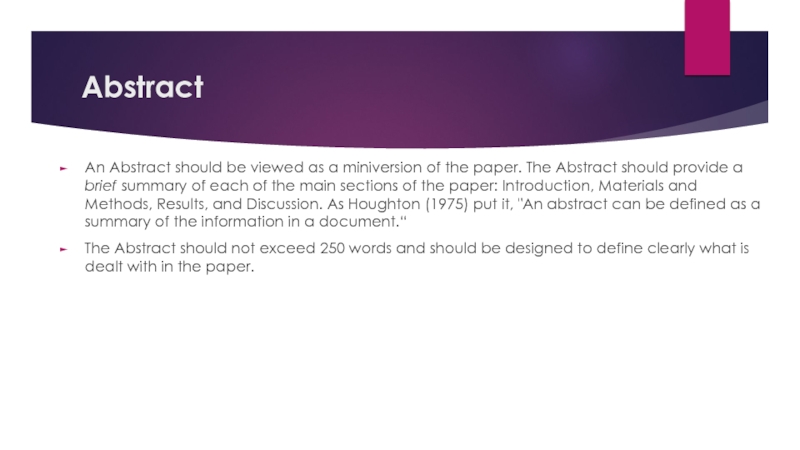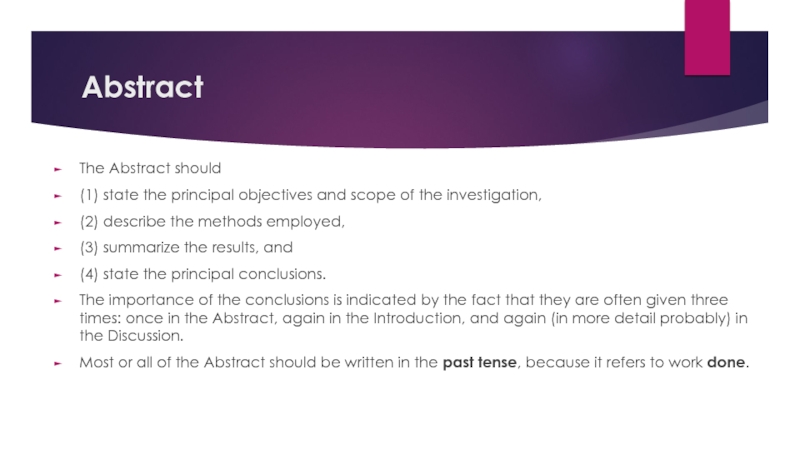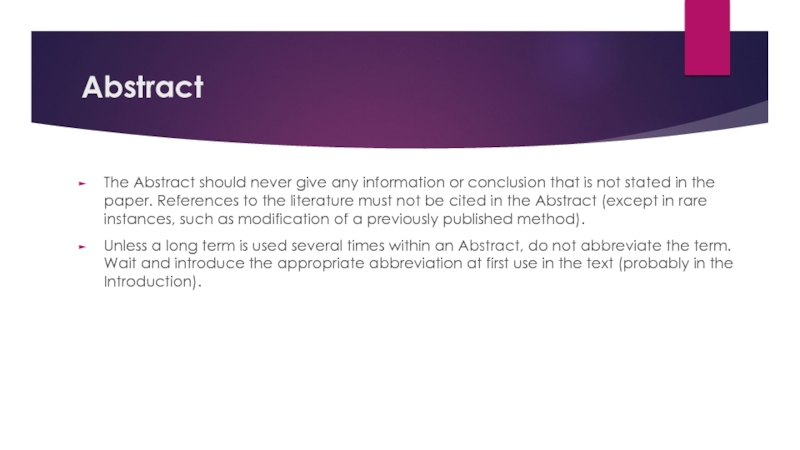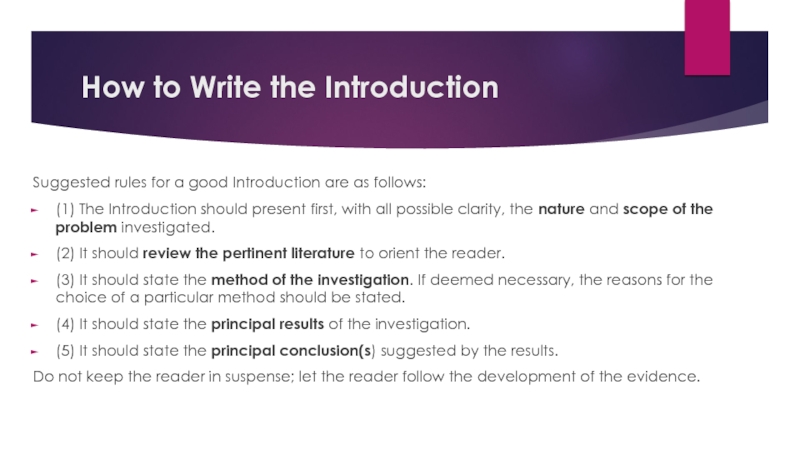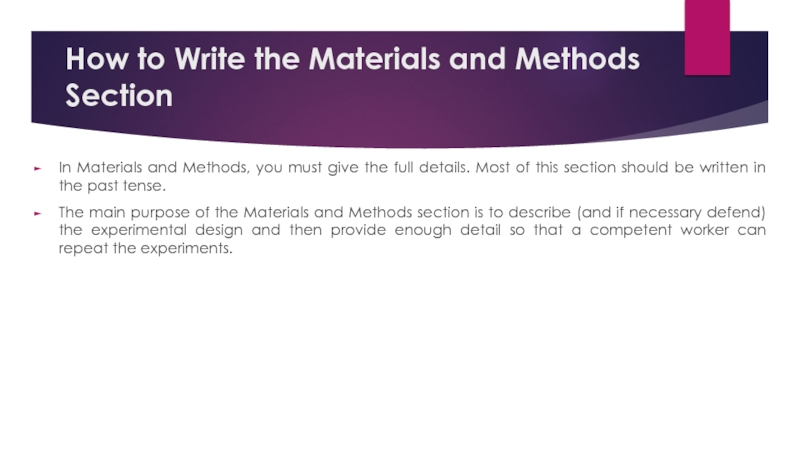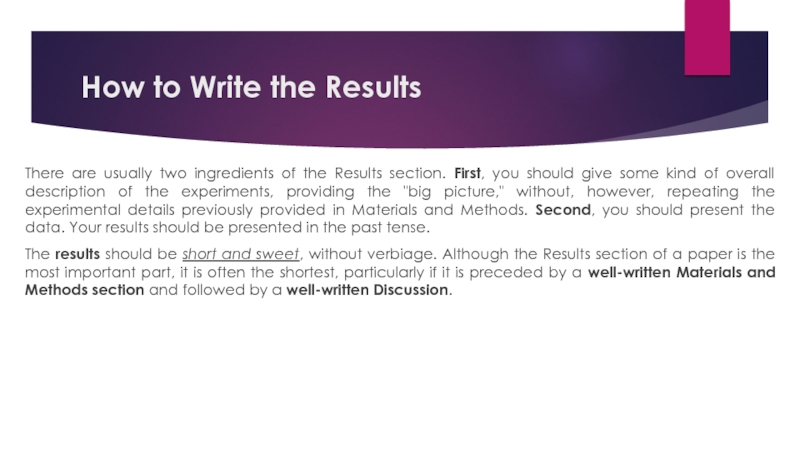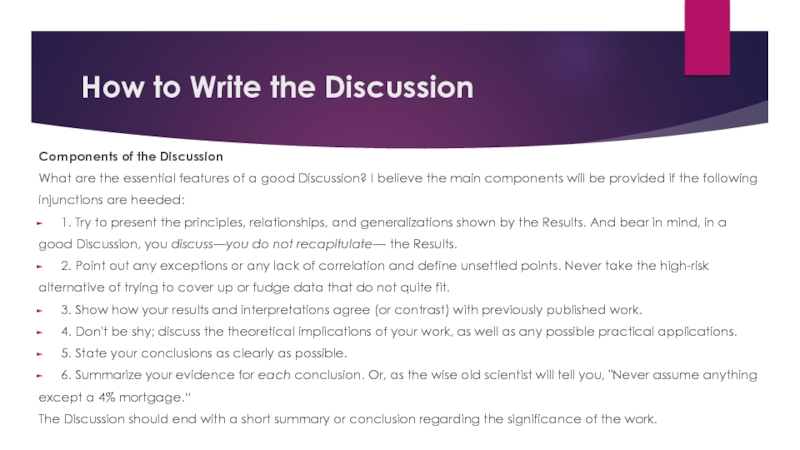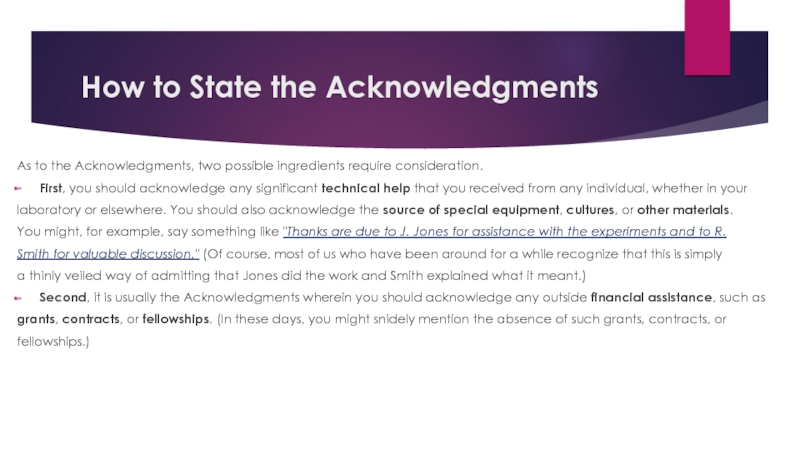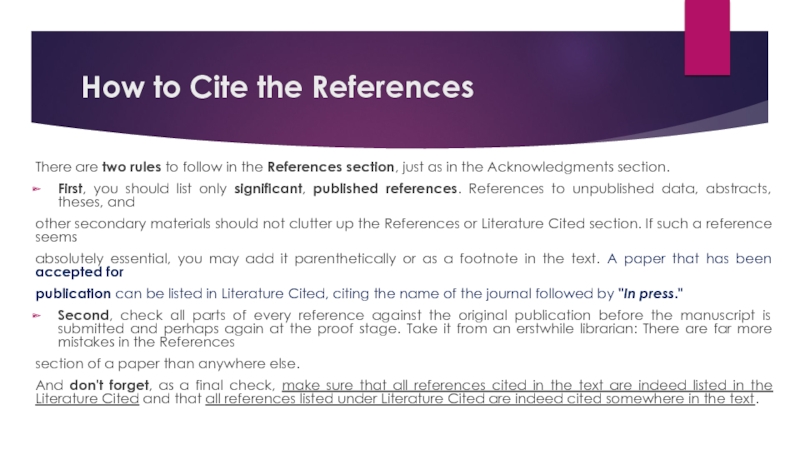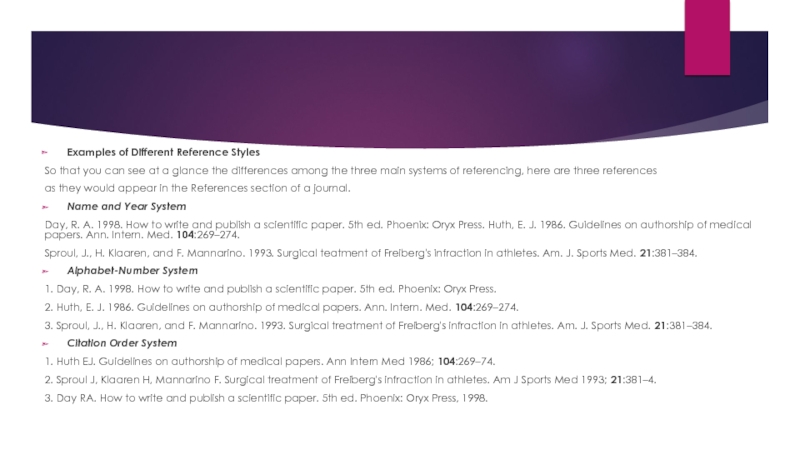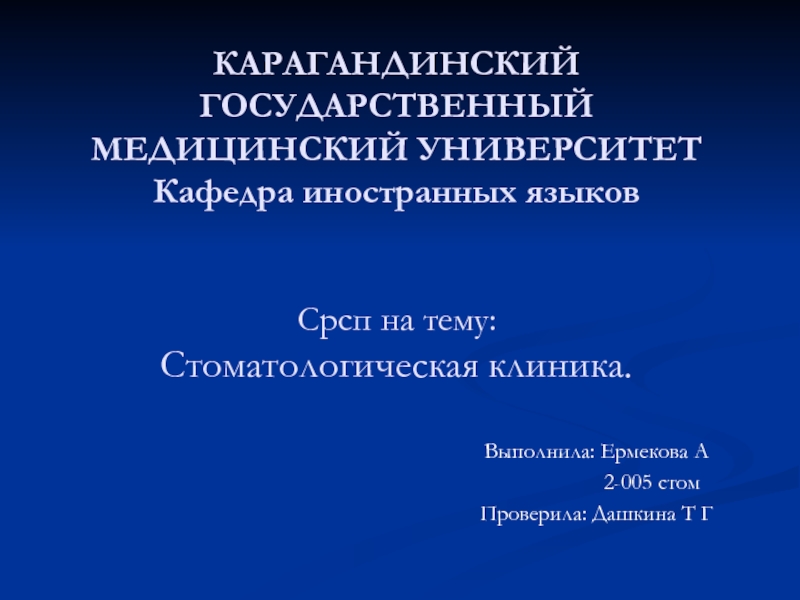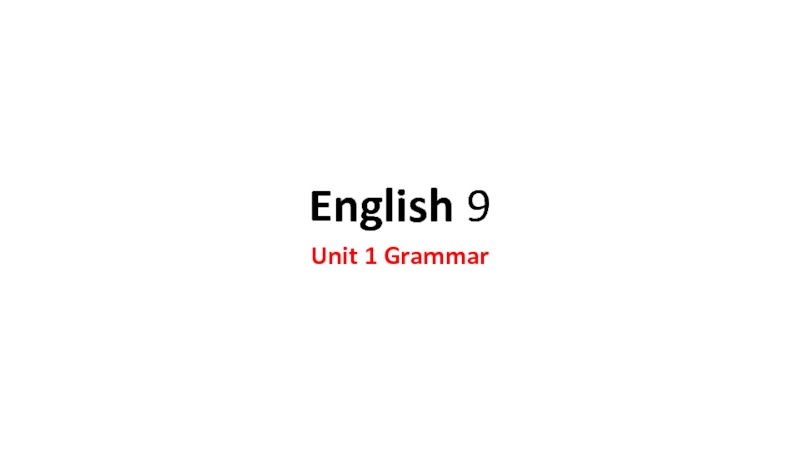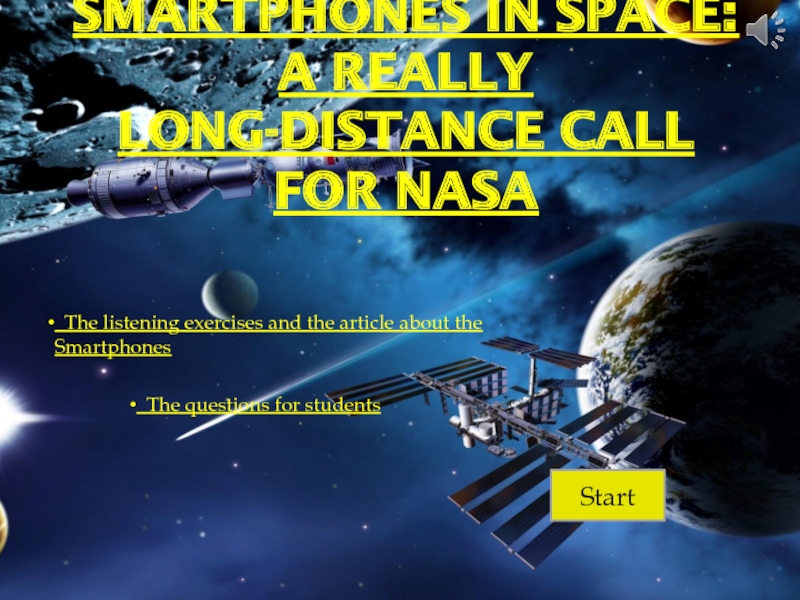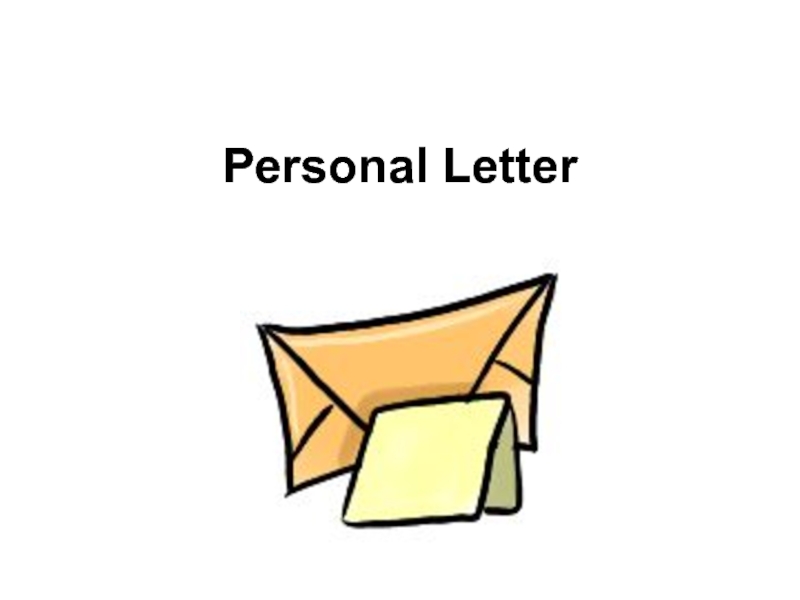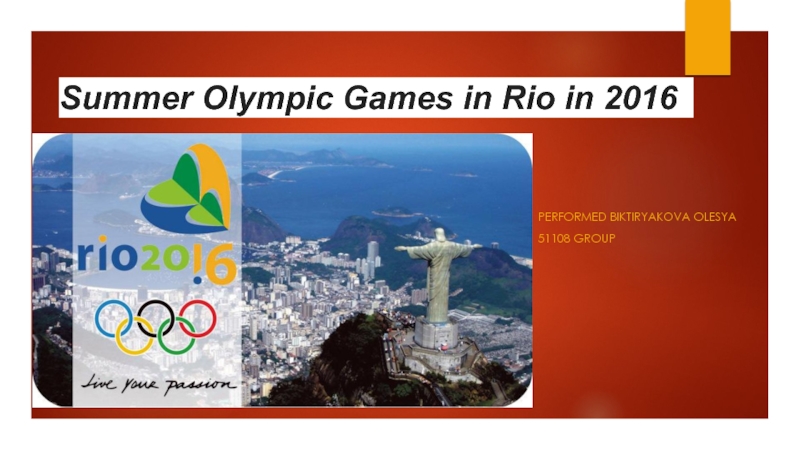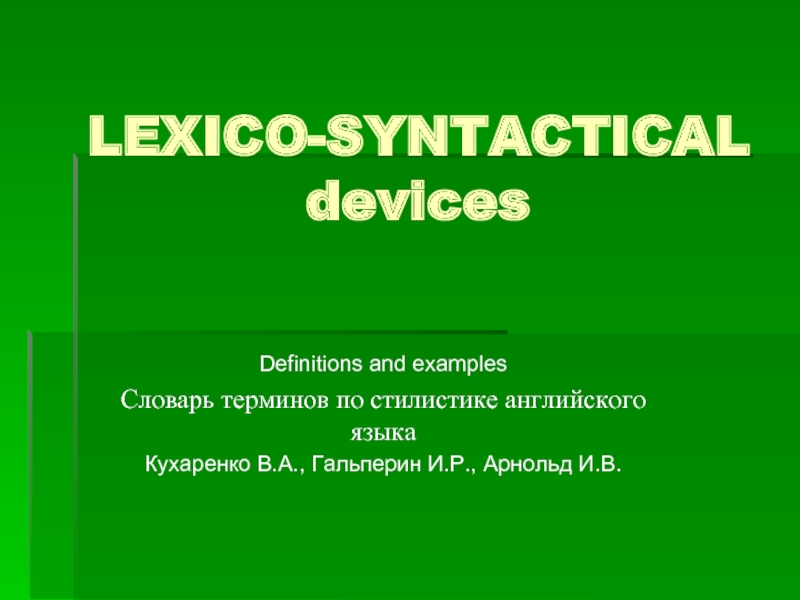- Главная
- Разное
- Дизайн
- Бизнес и предпринимательство
- Аналитика
- Образование
- Развлечения
- Красота и здоровье
- Финансы
- Государство
- Путешествия
- Спорт
- Недвижимость
- Армия
- Графика
- Культурология
- Еда и кулинария
- Лингвистика
- Английский язык
- Астрономия
- Алгебра
- Биология
- География
- Детские презентации
- Информатика
- История
- Литература
- Маркетинг
- Математика
- Медицина
- Менеджмент
- Музыка
- МХК
- Немецкий язык
- ОБЖ
- Обществознание
- Окружающий мир
- Педагогика
- Русский язык
- Технология
- Физика
- Философия
- Химия
- Шаблоны, картинки для презентаций
- Экология
- Экономика
- Юриспруденция
Abstract презентация
Содержание
- 1. Abstract
- 2. Content Creating a literature review.
- 3. Abstract An Abstract should be viewed as
- 4. Abstract The Abstract should (1) state
- 5. Abstract The Abstract should never give any
- 6. How to Write the Introduction Suggested rules
- 7. How to Write the Materials and Methods
- 8. How to Write the Results There are
- 9. How to Write the Discussion Components of
- 10. How to State the Acknowledgments As to
- 11. How to Cite the References There are
- 12. Examples of Different Reference Styles So
Слайд 2
Content
Creating a literature review.
Preparing other sections of a research
report:
abstract,
introduction,
materials and methods,
results and discussion,
conclusions.
Including and summarizing research data.
abstract,
introduction,
materials and methods,
results and discussion,
conclusions.
Including and summarizing research data.
Слайд 3Abstract
An Abstract should be viewed as a miniversion of the paper.
The Abstract should provide a brief summary of each of the main sections of the paper: Introduction, Materials and Methods, Results, and Discussion. As Houghton (1975) put it, "An abstract can be defined as a summary of the information in a document.“
The Abstract should not exceed 250 words and should be designed to define clearly what is dealt with in the paper.
The Abstract should not exceed 250 words and should be designed to define clearly what is dealt with in the paper.
Слайд 4Abstract
The Abstract should
(1) state the principal objectives and scope of
the investigation,
(2) describe the methods employed,
(3) summarize the results, and
(4) state the principal conclusions.
The importance of the conclusions is indicated by the fact that they are often given three times: once in the Abstract, again in the Introduction, and again (in more detail probably) in the Discussion.
Most or all of the Abstract should be written in the past tense, because it refers to work done.
(2) describe the methods employed,
(3) summarize the results, and
(4) state the principal conclusions.
The importance of the conclusions is indicated by the fact that they are often given three times: once in the Abstract, again in the Introduction, and again (in more detail probably) in the Discussion.
Most or all of the Abstract should be written in the past tense, because it refers to work done.
Слайд 5Abstract
The Abstract should never give any information or conclusion that is
not stated in the paper. References to the literature must not be cited in the Abstract (except in rare instances, such as modification of a previously published method).
Unless a long term is used several times within an Abstract, do not abbreviate the term. Wait and introduce the appropriate abbreviation at first use in the text (probably in the Introduction).
Unless a long term is used several times within an Abstract, do not abbreviate the term. Wait and introduce the appropriate abbreviation at first use in the text (probably in the Introduction).
Слайд 6How to Write the Introduction
Suggested rules for a good Introduction are
as follows:
(1) The Introduction should present first, with all possible clarity, the nature and scope of the problem investigated.
(2) It should review the pertinent literature to orient the reader.
(3) It should state the method of the investigation. If deemed necessary, the reasons for the choice of a particular method should be stated.
(4) It should state the principal results of the investigation.
(5) It should state the principal conclusion(s) suggested by the results.
Do not keep the reader in suspense; let the reader follow the development of the evidence.
(1) The Introduction should present first, with all possible clarity, the nature and scope of the problem investigated.
(2) It should review the pertinent literature to orient the reader.
(3) It should state the method of the investigation. If deemed necessary, the reasons for the choice of a particular method should be stated.
(4) It should state the principal results of the investigation.
(5) It should state the principal conclusion(s) suggested by the results.
Do not keep the reader in suspense; let the reader follow the development of the evidence.
Слайд 7How to Write the Materials and Methods Section
In Materials and Methods,
you must give the full details. Most of this section should be written in the past tense.
The main purpose of the Materials and Methods section is to describe (and if necessary defend) the experimental design and then provide enough detail so that a competent worker can repeat the experiments.
The main purpose of the Materials and Methods section is to describe (and if necessary defend) the experimental design and then provide enough detail so that a competent worker can repeat the experiments.
Слайд 8How to Write the Results
There are usually two ingredients of the
Results section. First, you should give some kind of overall description of the experiments, providing the "big picture," without, however, repeating the experimental details previously provided in Materials and Methods. Second, you should present the data. Your results should be presented in the past tense.
The results should be short and sweet, without verbiage. Although the Results section of a paper is the most important part, it is often the shortest, particularly if it is preceded by a well-written Materials and Methods section and followed by a well-written Discussion.
The results should be short and sweet, without verbiage. Although the Results section of a paper is the most important part, it is often the shortest, particularly if it is preceded by a well-written Materials and Methods section and followed by a well-written Discussion.
Слайд 9How to Write the Discussion
Components of the Discussion
What are the essential
features of a good Discussion? I believe the main components will be provided if the following
injunctions are heeded:
1. Try to present the principles, relationships, and generalizations shown by the Results. And bear in mind, in a
good Discussion, you discuss—you do not recapitulate— the Results.
2. Point out any exceptions or any lack of correlation and define unsettled points. Never take the high-risk
alternative of trying to cover up or fudge data that do not quite fit.
3. Show how your results and interpretations agree (or contrast) with previously published work.
4. Don't be shy; discuss the theoretical implications of your work, as well as any possible practical applications.
5. State your conclusions as clearly as possible.
6. Summarize your evidence for each conclusion. Or, as the wise old scientist will tell you, "Never assume anything
except a 4% mortgage.“
The Discussion should end with a short summary or conclusion regarding the significance of the work.
injunctions are heeded:
1. Try to present the principles, relationships, and generalizations shown by the Results. And bear in mind, in a
good Discussion, you discuss—you do not recapitulate— the Results.
2. Point out any exceptions or any lack of correlation and define unsettled points. Never take the high-risk
alternative of trying to cover up or fudge data that do not quite fit.
3. Show how your results and interpretations agree (or contrast) with previously published work.
4. Don't be shy; discuss the theoretical implications of your work, as well as any possible practical applications.
5. State your conclusions as clearly as possible.
6. Summarize your evidence for each conclusion. Or, as the wise old scientist will tell you, "Never assume anything
except a 4% mortgage.“
The Discussion should end with a short summary or conclusion regarding the significance of the work.
Слайд 10How to State the Acknowledgments
As to the Acknowledgments, two possible ingredients
require consideration.
First, you should acknowledge any significant technical help that you received from any individual, whether in your
laboratory or elsewhere. You should also acknowledge the source of special equipment, cultures, or other materials.
You might, for example, say something like "Thanks are due to J. Jones for assistance with the experiments and to R.
Smith for valuable discussion." (Of course, most of us who have been around for a while recognize that this is simply
a thinly veiled way of admitting that Jones did the work and Smith explained what it meant.)
Second, it is usually the Acknowledgments wherein you should acknowledge any outside financial assistance, such as
grants, contracts, or fellowships. (In these days, you might snidely mention the absence of such grants, contracts, or
fellowships.)
First, you should acknowledge any significant technical help that you received from any individual, whether in your
laboratory or elsewhere. You should also acknowledge the source of special equipment, cultures, or other materials.
You might, for example, say something like "Thanks are due to J. Jones for assistance with the experiments and to R.
Smith for valuable discussion." (Of course, most of us who have been around for a while recognize that this is simply
a thinly veiled way of admitting that Jones did the work and Smith explained what it meant.)
Second, it is usually the Acknowledgments wherein you should acknowledge any outside financial assistance, such as
grants, contracts, or fellowships. (In these days, you might snidely mention the absence of such grants, contracts, or
fellowships.)
Слайд 11How to Cite the References
There are two rules to follow in
the References section, just as in the Acknowledgments section.
First, you should list only significant, published references. References to unpublished data, abstracts, theses, and
other secondary materials should not clutter up the References or Literature Cited section. If such a reference seems
absolutely essential, you may add it parenthetically or as a footnote in the text. A paper that has been accepted for
publication can be listed in Literature Cited, citing the name of the journal followed by "In press."
Second, check all parts of every reference against the original publication before the manuscript is submitted and perhaps again at the proof stage. Take it from an erstwhile librarian: There are far more mistakes in the References
section of a paper than anywhere else.
And don't forget, as a final check, make sure that all references cited in the text are indeed listed in the Literature Cited and that all references listed under Literature Cited are indeed cited somewhere in the text.
First, you should list only significant, published references. References to unpublished data, abstracts, theses, and
other secondary materials should not clutter up the References or Literature Cited section. If such a reference seems
absolutely essential, you may add it parenthetically or as a footnote in the text. A paper that has been accepted for
publication can be listed in Literature Cited, citing the name of the journal followed by "In press."
Second, check all parts of every reference against the original publication before the manuscript is submitted and perhaps again at the proof stage. Take it from an erstwhile librarian: There are far more mistakes in the References
section of a paper than anywhere else.
And don't forget, as a final check, make sure that all references cited in the text are indeed listed in the Literature Cited and that all references listed under Literature Cited are indeed cited somewhere in the text.
Слайд 12
Examples of Different Reference Styles
So that you can see at a
glance the differences among the three main systems of referencing, here are three references
as they would appear in the References section of a journal.
Name and Year System
Day, R. A. 1998. How to write and publish a scientific paper. 5th ed. Phoenix: Oryx Press. Huth, E. J. 1986. Guidelines on authorship of medical papers. Ann. Intern. Med. 104:269–274.
Sproul, J., H. Klaaren, and F. Mannarino. 1993. Surgical teatment of Freiberg's infraction in athletes. Am. J. Sports Med. 21:381–384.
Alphabet-Number System
1. Day, R. A. 1998. How to write and publish a scientific paper. 5th ed. Phoenix: Oryx Press.
2. Huth, E. J. 1986. Guidelines on authorship of medical papers. Ann. Intern. Med. 104:269–274.
3. Sproul, J., H. Klaaren, and F. Mannarino. 1993. Surgical treatment of Freiberg's infraction in athletes. Am. J. Sports Med. 21:381–384.
Citation Order System
1. Huth EJ. Guidelines on authorship of medical papers. Ann Intern Med 1986; 104:269–74.
2. Sproul J, Klaaren H, Mannarino F. Surgical treatment of Freiberg's infraction in athletes. Am J Sports Med 1993; 21:381–4.
3. Day RA. How to write and publish a scientific paper. 5th ed. Phoenix: Oryx Press, 1998.
as they would appear in the References section of a journal.
Name and Year System
Day, R. A. 1998. How to write and publish a scientific paper. 5th ed. Phoenix: Oryx Press. Huth, E. J. 1986. Guidelines on authorship of medical papers. Ann. Intern. Med. 104:269–274.
Sproul, J., H. Klaaren, and F. Mannarino. 1993. Surgical teatment of Freiberg's infraction in athletes. Am. J. Sports Med. 21:381–384.
Alphabet-Number System
1. Day, R. A. 1998. How to write and publish a scientific paper. 5th ed. Phoenix: Oryx Press.
2. Huth, E. J. 1986. Guidelines on authorship of medical papers. Ann. Intern. Med. 104:269–274.
3. Sproul, J., H. Klaaren, and F. Mannarino. 1993. Surgical treatment of Freiberg's infraction in athletes. Am. J. Sports Med. 21:381–384.
Citation Order System
1. Huth EJ. Guidelines on authorship of medical papers. Ann Intern Med 1986; 104:269–74.
2. Sproul J, Klaaren H, Mannarino F. Surgical treatment of Freiberg's infraction in athletes. Am J Sports Med 1993; 21:381–4.
3. Day RA. How to write and publish a scientific paper. 5th ed. Phoenix: Oryx Press, 1998.
